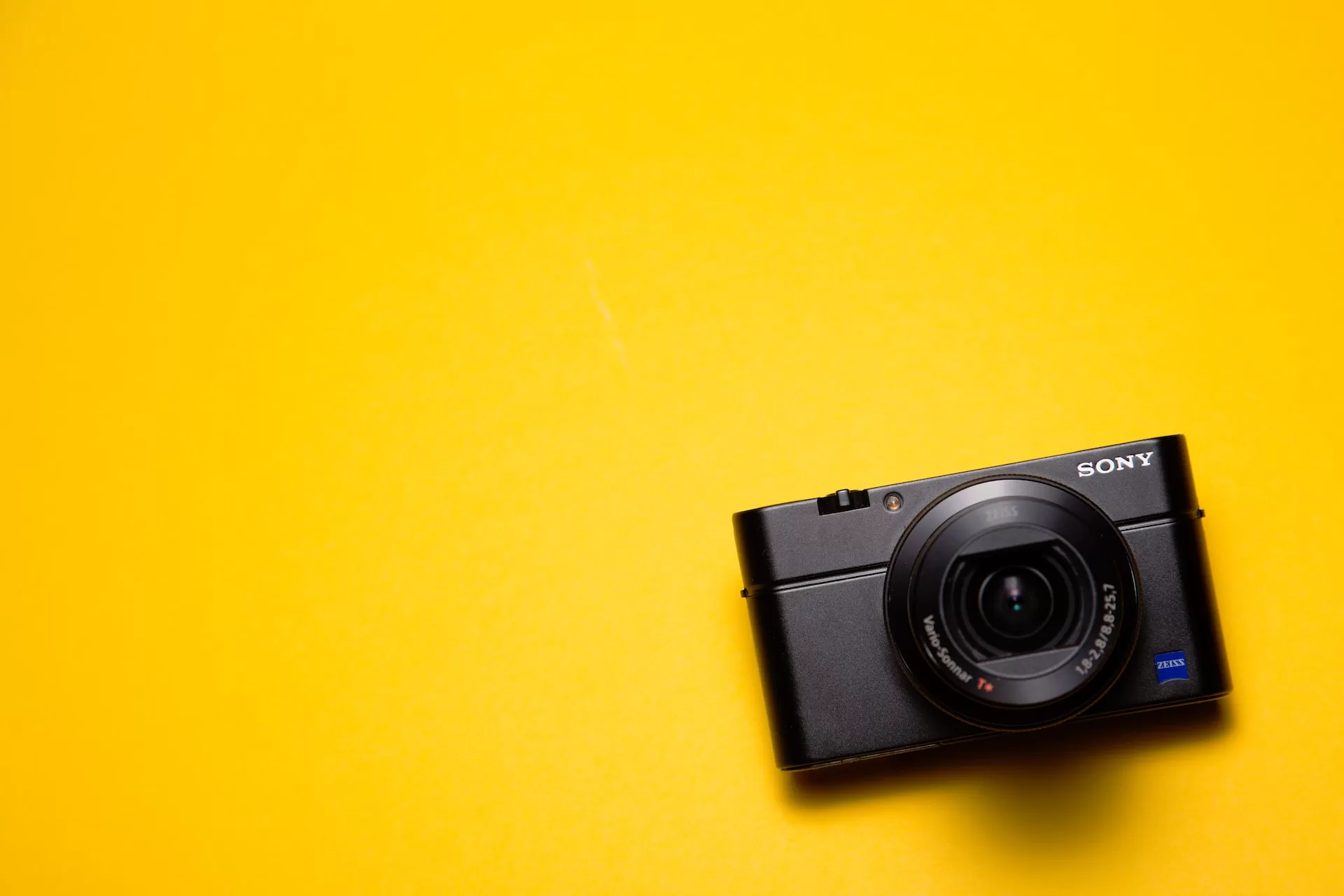JPEG VS PNG: Which One Should You Use?
There isn’t a single size that fits all for image file formats. With several options to export or save your images, the decision may seem complex. Don’t fear though. Today, we will help you identify which format of the image you should choose. So, here is a detailed guide to JPEG vs PNG:
Quick Links
What is a JPEG file?
JPEG or Joint Photographic Experts Group images are the most common ways to store digital images. Several modern cameras utilize them to store and shoot images. JPEGs go through a compression procedure to lessen the size of the image file significantly, making them easy to load and store on web pages. JPEG may contain around 16 million colors. PNGTank.com can help find the differences between JPEG and PNG files. So, let’s explore:
What is a PNG file?
PNG or Portable Network Graphics can be compressed, and like JPEG images, can handle almost 16 million colors. They are mainly used for logos, graphics, illustrations, and charts, instead of high quality pictures, since they take up more storage space compared to JPEG images. One thing PNG images offer that JPEG images don’t is the ability to handle the graphics having a transparent background.
JPEGs VS PNGs – Which One to Choose?
JPEGs are quite popular with businesses and photographers that need to manage larger image libraries. Their reduced size enables different digital photos to be downloaded and shared simultaneously. To make an efficient use of storage space, JPEG images can keep the image library more streamlined, with no long wait for files to open. With their enhanced and widespread use, JPEGs are editable and viewable across a wide range of programs and operating systems, hence you are unlikely to need special software to work on this format of images.
On the other hand, PNG images are not really built to store high quality images. They specialize in handling some high contrast and detailed web graphics. They are usually the default format for images like screenshots as they can offer a highly precise representation of the desktop, and don’t compress the pixels altogether. A massive lossless compression and color palette ensure they retain excessive detail, making them a perfect choice for charts and illustrations.
How quickly a website loads and how images and graphics appear depend on the use of right image formats. It is easier to be confused on whether to save your image file as PNG or JPEG. A common rule is to use JPEG images that don’t have a transparent background. You can choose PNG format for images having a transparent background, graphics and images where color vibrancy and clarity are crucial.
Hence, one can say that the choice of image format depends on the type of image and your ultimate needs. A certain format is right for a certain type of image, therefore, choose the right format for the right image. As explained above, for graphics and files with transparent background, PNG is the right format, and JPEG for others!
What Is WooCommerce Product Slider and Why Your Store Needs It
Why Do Product Images Matter So Much in Online Stores? When someone visits an online store the…
0 Comments9 Minutes
How to Streamline Your Customers’ Shopping Experience?
The goal for any online store is to make shopping as smooth as possible. When visitors move…
0 Comments8 Minutes
Strengthening Brand-Customer Relationships Through Gamified Loyalty Programs
Creating lasting connections with customers has become increasingly vital as the marketplace grows…
0 Comments6 Minutes
How to Use SEO and SEA Together in Search Engine Marketing
In digital marketing, search engine marketing (SEM) plays a critical role in improving online…
0 Comments10 Minutes
Content Marketing Growth Hacks: Real Shortcuts to Drive Traffic
Are you still lagging in content marketing? Sticking to these old strategies seems…
0 Comments10 Minutes
How to Build a Strong Local Following Using Social Media Marketing
In the days of likes, shares, and stories, local businesses have a golden opportunity to create…
0 Comments9 Minutes
Why WooCommerce is the Best Choice for Your Online Store?
WooCommerce stands out as a top option for anyone looking to build an online store. This platform…
0 Comments8 Minutes
How to Use AI-Powered SEO Tools for WordPress eCommerce
SEO is a critical factor in the success of any e-commerce WordPress store. As competition…
0 Comments11 Minutes








